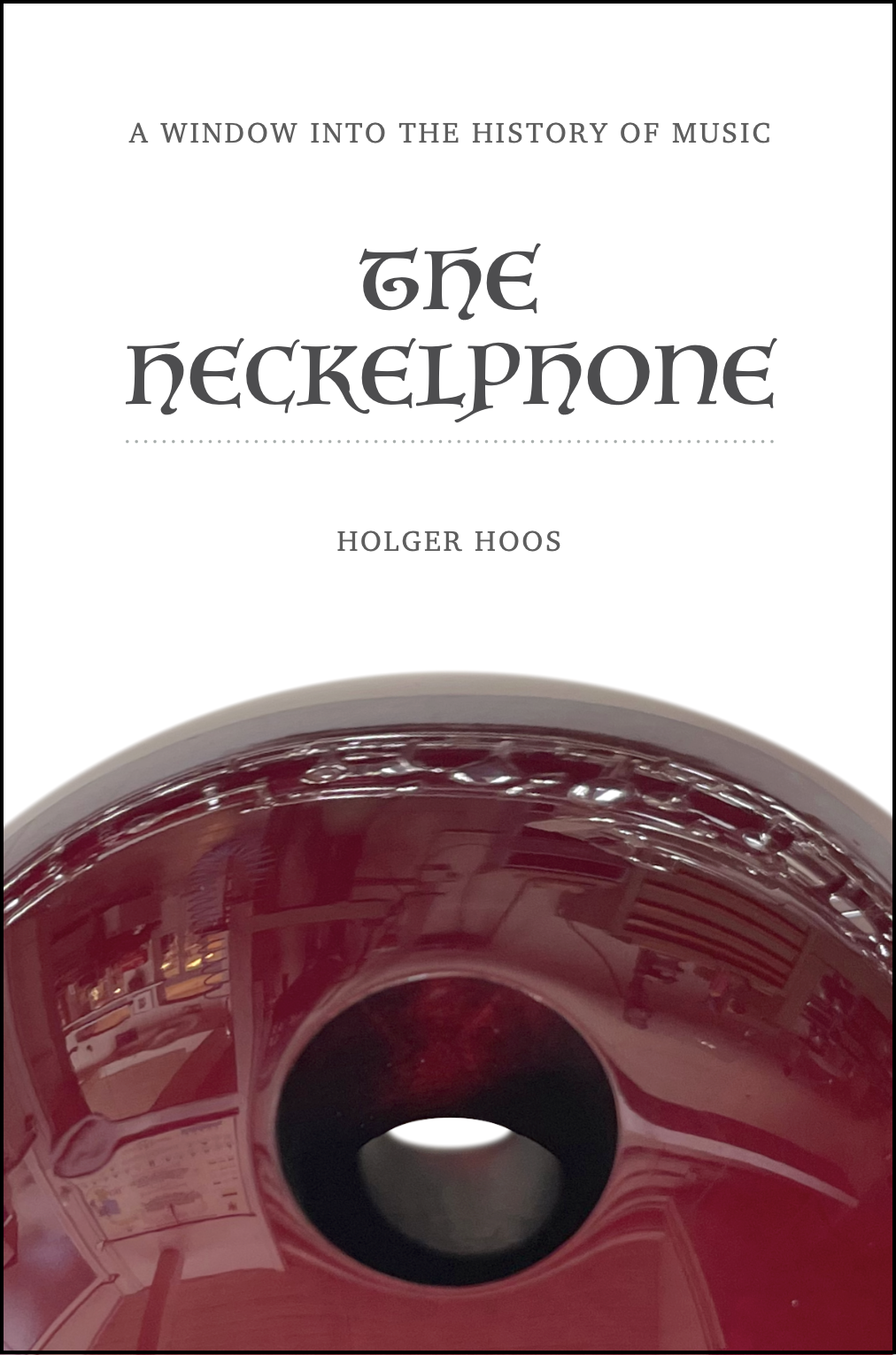The Heckelphone: A Window into the History of Music / Annotated Table of Contents
Prologue: Basse de Musette
The story of Jacques Jeanneret and his unique basse de musette, a now-extinct double reed instruments used in 18th century Western Switzerland to accompany psalm-singing in village churches. The history of the oboe, the bassoon and their precursors, with insights into the techniques and challenges of fabricating these instruments.
Chapter 1: Rheingold
The story of Richard Wagner and his challenge to master instrument maker Wilhelm Heckel, whose family perfected the bassoon. Wagners turbulent life, his quest for the unified artwork of the future, the Gesamtkunstwerk, and his stellar rise to fame and success, culminating in his friendship with King Ludwig II of Bavaria, the creation of his Ring operas and the Bayreuth Festival, and his death in Venice. Wilhelm Heckel's quest for constructing the heckelphone, inspired by a unique and ancient instrument.
Chapter 2: The Seven Veils
The story of Richard Strauss and his rise to fame as a composer of tone poems and operas, including Salome, which, based on a scandalous play by Oscar wild, first used the heckelphone. Wilhelm Heckel's masterful promotion of the heckelphone and the early success of the new instrument. Gustav Mahler's story and the invention of the piccolo heckelphone. The tragic death of August Heckel in the Great War.
Chapter 3: Paa Vidderne
The story of Fritz Delius, who was sent by his family to manage an orange plantation in Florida, after his return became a close friend of Edvard Grieg and found success in the industrial heartland of Germany before rising to fame in his native England. Confusion between the heckelphone and a closely related instrument of French origin, the baritone oboe. The story of Wilhelm Heyer, who assembled a vast collection of musical instruments and dreamt of a museum that would bring to life the history of music. Gustav Holst's creation of the planets, inspired by an introduction to astrology during a holiday in Spain.
Chapter 4: Aeolian
The story of Paul Whiteman and his band, who invented symphonic jazz and brought it to the masses. George Gershwin and the run-away success of his Rhapsody in Blue. Mechanised musical instruments, the invention of sound recording and the history of the recording industry. The roots and history of jazz, and the surprising role played by the heckelphone therein. The invention of the saxophone and the tragic story of his gifted inventor.
Chapter 5: Potpourri
The story of Paul Hindemith and the first pieces of chamber music for the heckelphone. The history of atonal music and Arnold Schönberg's twelve-tone method. The attempt of an Italian instrument maker to replicate the success of the heckelphone. The friendship of Carlos Chàvez and Aaron Copland and its influence on the development of distinctly North American music. The invention and swiftly rising popularity of radio. The rise of the Nazi movement in Germany and its devastating impact on musical talent.
Chapter 6: The Agony and the Ecstasy
The history of film music, and the unexpected role of the heckelphone therein. The story of celebrated film composers Max Steiner and Alex North. The impact of World War II on music and musicians in Germany and beyond. The post-war recovery of the Heckel workshop. The final years and death of Richard Strauss. The intriguing story of the Hoffnung Music Festivals and their use of rare and unusual instruments, including the heckelphone.
Epilogue: Fermata
The death and legacy of Wilhelm Hermann Heckel. The tragic end and lasting impact of Arnold Schoenberg. The end of Paul Hindemith's story. The creation of the first solo concerto for the heckelphone and glimpses into its uncertain future.
List of Persons
From Marie d'Agoult and Kalevi Aho to Alexander von Zemlinsky and Stefan Zweig - everyone whose story connects, in obvious or unlikely ways, to that of the heckelphone.
List of Places
From Abbazia (Italy) to Zurich (Switzerland) - all places in which various parts of the stories told in this book take place.
List of Works
From Adam Adolphe's O holy Night to Au claire de la Lune by an unknown 18th-century composer - all the musical works mentioned in this book, with an emphasis on those that give voice to the heckelphone.
Postscriptum
The unlikely story of this book and a bow to those who played a role in bringing it into being.
Now available in English and German, in print and on Apple Books.
